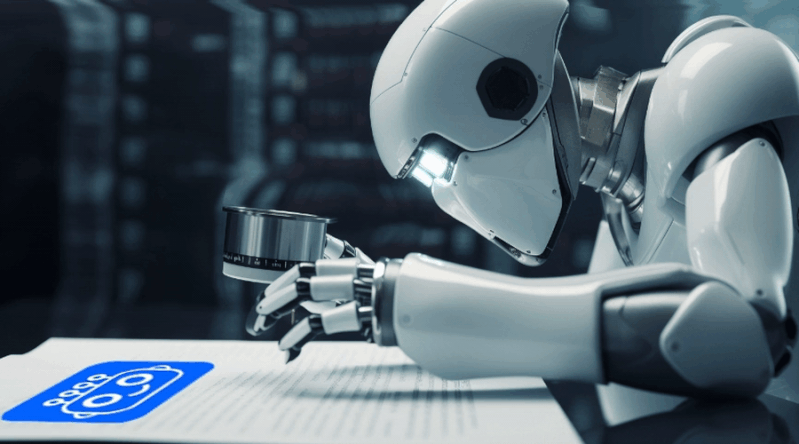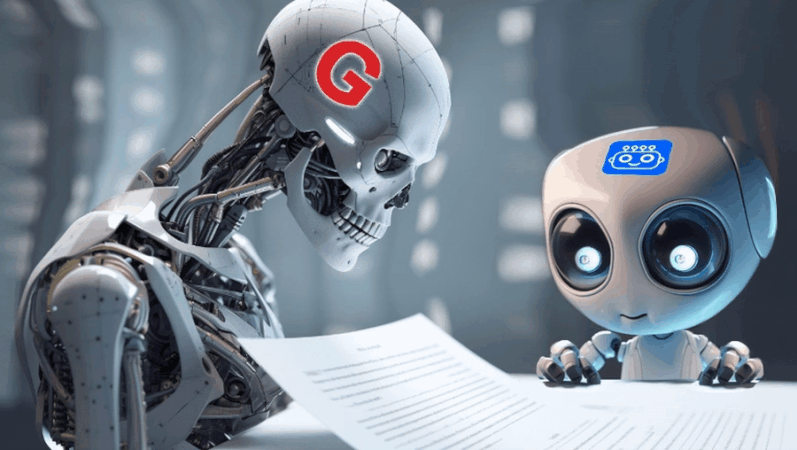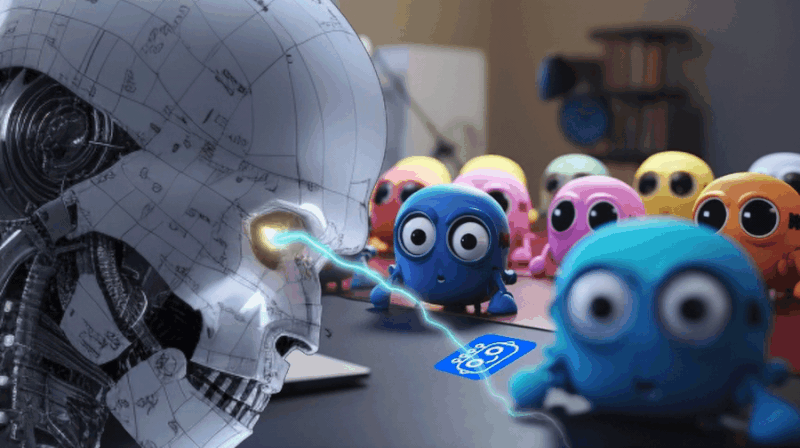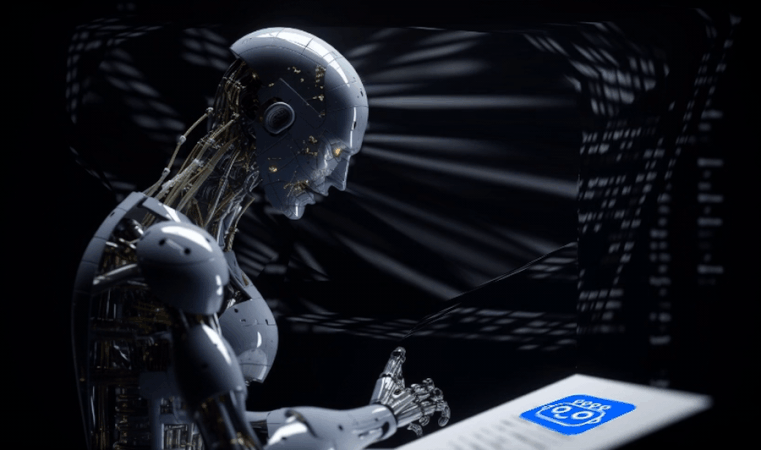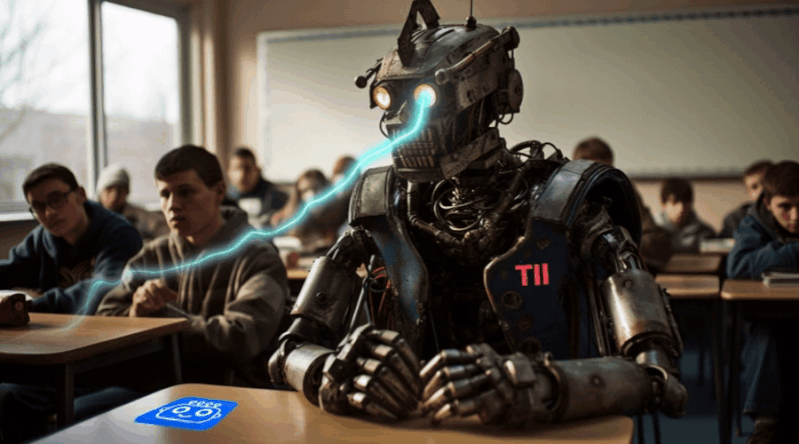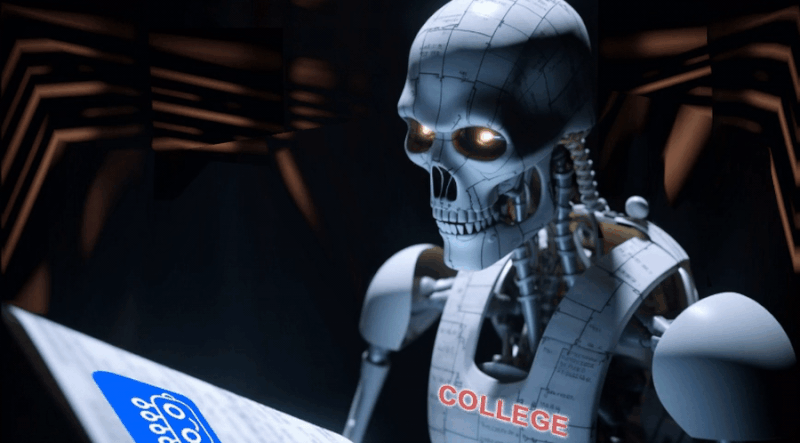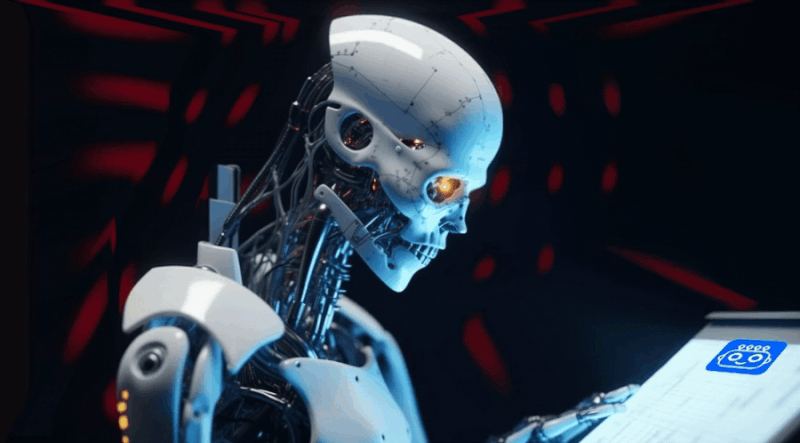AI Writing Detection: Your Essential Ally In Keeping It Real In The World Of Writing And Publishing
Ever pondered how the grand cosmos of digital content maintains a certain level of quality, separating the cream of the crop from the run-of-the-mill, and the downright duds?
Let me pull back the curtain on the unsung hero: AI writing detection tech.
If you’re a fan of AI writing, then it’s high time you got acquainted with the horsepower that this tech whiz holds.
Think about it for a hot minute, our digital landscape is jam-packed with all kinds of words, phrases, and musings. The need to clean up this word jumble, polish ’em up, and ensure they’re kosher has never been more crucial, and that’s exactly where our buddy, the AI writing detection tech, steps into the limelight.
These brainy tools don’t just play sheriff with the quality of content, but also play a key role in detecting whether a text is legit or not.
This article is your ticket into this tantalizing terrain. It’s not just a deep dive into the nitty-gritty of AI writing detection, it’s also a big shout-out to the tremendous value it delivers to the content police and education hotshots alike.
We’ll take a quick peek into its wizardry, its significance, and what’s on the horizon for it.
Let’s Wrap Our Heads Around AI Writing Tools First
So, let’s dig a bit deeper into the fascinating world of AI writing tools. But, hold your horses, let’s answer this first: What the heck are AI writing tools?
As the moniker suggests, AI writing tools are slick software powered by Artificial Intelligence designed to lend a hand with writing tasks. It’s the striking blend of language and machine learning, which, in my book, is downright awe-inspiring.
If you chew on it, we’ve come a long way since the early, rudimentary attempts at machine-aided writing. From those modest beginnings of basic grammar and spell-check tools, we’ve now explored the realm of sophisticated platforms that can spit out text that’s nearly indistinguishable from human scribes.
Pretty neat, huh?
Today’s AI writing tools are jacks of all trades. They help with everything from your garden-variety tasks like fixing up grammar and punctuation, to more advanced gigs like writing in a certain style, jazzing up tone, and even whipping up full-blown articles.
The real magic of these tools is their adaptability. They’re masters at learning and improving, all with the aim of imitating human-like writing.
What’s more, AI writing tools are now getting a red-carpet welcome across a slew of industries. Content creators, marketers, SEO savants, and even news agencies are hopping on the AI train to amp up their efficiency, quality, and creativity.
As Tom Smith, a respected AI researcher, sums it up, “AI writing tools are carving out the future of communication and content creation. They aren’t just tools, they’re game-changers.”
So, it’s pretty evident that AI writing tools are quickly becoming a significant part of our digital life.
But where does AI writing detection slot in?
How does it weave into this narrative? Let’s unravel this in the next section.
The Magic Behind AI Writing Detection
Having a handle on AI writing tools, let’s now yank back the curtain and see what’s percolating behind AI writing detection, the flip side of the AI writing tool’s coin.
At the core of AI writing detection is this snazzy thing we call Natural Language Processing (NLP). Consider NLP as the ‘brain trust’ of the operation. It equips AI with the know-how to grasp, interpret, and even crank out human language.
This savviness is what gives our AI writing tools their spark of magic.
But what’s the secret ingredient in NLP? How does it endow AI with language smarts?
It all boils down to learning and spotting patterns, kinda like how we folks pick up language. NLP digs into a heap of data, latches onto language patterns, and applies these golden nuggets to decipher text.
It’s mind-boggling, ain’t it, how machines can catch a drift of human learning?
AI writing detection is a specialized use of NLP. It enables AI to root out things like plagiarism, sentiment, tone, and how fresh the content is.
It can align patterns across various bits of writing and give you a heads-up about any repeat performances. It can even size up if your text is buttoned up and proper or laid back, upbeat or gloomy.
Why AI Writing Detection Is A Big Deal
Now that we’re knee-deep in the mesmerizing world of AI writing detection, you might be scratching your noggin, wondering, “What’s the big deal?”
Let me give ya the inside story.
In this era of tapping and swiping, content is king. But not just any ol’ cookie-cutter content.
We’re talking cream of the crop, unique as a snowflake, hook-line-and-sinker kind of content.
With the mind-boggling amount of info on the web, standing out is like trying to spot a needle in a haystack.
This is where our reliable buddy AI writing detection struts its stuff!
By safeguarding the authenticity and quality of content, AI writing detection helps us separate the wheat from the chaff, distinguishing machine-spun gibberish from human-crafted masterpieces. It nips copycats in the bud, ensuring a writer’s work is as original as Grandma’s secret apple pie recipe.
These days, AI is being tapped more and more to whip up some darn persuasive, human-like text. This has cracked open a whole can of worms, with some students potentially using AI writing tools to crank out essays, term papers, or even a full-scale thesis.
Time for AI writing detection to take the bull by the horns!
AI writing detection is instrumental in keeping academic integrity in check. It ensures that students are doing their own heavy lifting, rather than letting AI do the legwork for them.
It’s like a digital hall monitor, keeping a sharp eye on the originality of students’ work.
These AI sleuthing tools can spot patterns, subtleties, and little red flags in writing style that can indicate whether a human or an AI penned a piece.
For example, AI typically has a steady style and lacks the natural ebb and flow that human writing possesses. Spotting these patterns allows institutions to nab any AI-spun content masquerading as a student’s sweat and toil.
What’s more, AI detection tools are our ace in the hole in the fight against plagiarism. Not only can they sniff out duplicated content from the web, but they can also cross-check work from students within the same school or even across different schools.
This is crucial in keeping the academic playing field fair and square.
These tools have even become so eagle-eyed, they can detect reworded content or pieces where just a smidgeon of words have been tweaked. This kind of detective work ensures that students really wrap their minds around the material, rather than just dishing up rehashed versions of someone else’s work.
It’s key to note, these tools aren’t just playing the enforcer.
They’re also mentors in their own right. They guide students to appreciate the value of fresh, original work, and ignite creativity and critical thinking.
As an AI aficionado, I sincerely believe these tools are preserving the lifeblood of education.
Dr. Michael Thomas, a renowned AI academic, hit it out of the park when he said, “AI writing detection isn’t just about busting the wrongdoers. It’s about safeguarding the ethos of education, encouraging original thinking, and prepping students for a world that values innovation and authenticity.”
So, it’s as clear as crystal. The role of AI writing detection in academia isn’t just about keeping things kosher; it’s also about fostering a culture of authenticity and critical thought.
Now that’s a goal worth aiming for, don’t ya think?
What’s Cooking In AI Writing Detection’s Future?
As we keep bumpin’ on this rollercoaster ride through the jaw-dropping world of AI writing detection, we’ve hit the homestretch – the future.
What’s the skinny on AI writing detection? Let’s take a gander behind the scenes.
AI writing detection, like all shiny tech toys, is always shifting gears. When we squint at where it’s headed, it’s clear as bell it’s only gonna get sharper, more bang on, and user-friendly.
Its future’s lookin’ brighter than a firecracker on the Fourth of July.
Just picture this: AI writing detection tools that can really burrow into the nitty-gritty of context. Tools that can pick apart the emotion behind each sentence, not just the jingle-jangle of words.
In the school scene, we could see AI writing detection tools becoming as common as No. 2 pencils. They could offer students feedback on the fly, helping them amp up their writing skills before they turn in their written requirements.
Now, let’s talk about AI’s potential in tackling the “deepfake” drama in written content.
As AI-spun yarns get more and more believable, the need for top-drawer detection tools is gonna skyrocket. Future AI detectors could sniff out AI-spun “deepfakes,” ensuring the digital content we read is the genuine article.
AI whiz Dr. Laura Simmons nailed it, “The future of AI writing detection is in its ability to bob and weave, its on-the-nose accuracy, and its knack for tapping into human needs. Its growth is gonna echo the intricacy and wonder of human language itself.”
The road ahead for AI writing detection promises to be as mind-bending as it is groundbreaking.
While it’s tough to see what’s just over the horizon, one thing’s certain: AI writing detection will keep playing the role of the guard dog for writers and publishers. The leaps and bounds in AI detection tech could help lay down the law for AI use in the publishing racket.
On top of that, the role of AI writing detection in high schools and universities is key to molding the big thinkers and pioneers of tomorrow.
By keeping academic honor more legit and encouraging original ideas, it fosters a culture of straight shooting, creativity, and deep thought.
Peering ahead, the future of AI writing detection is as riveting as it is hopeful. With strides in NLP and machine learning, AI writing detection will keep on expanding its horizons, becoming even more pinpoint and adaptable.
It’s a future I’m itching to see unfold!
To label AI writing detection merely ‘important’ would be shortchanging it. It’s a game-changer, a low-key revolution sculpting how we operate in the digital publishing universe.

